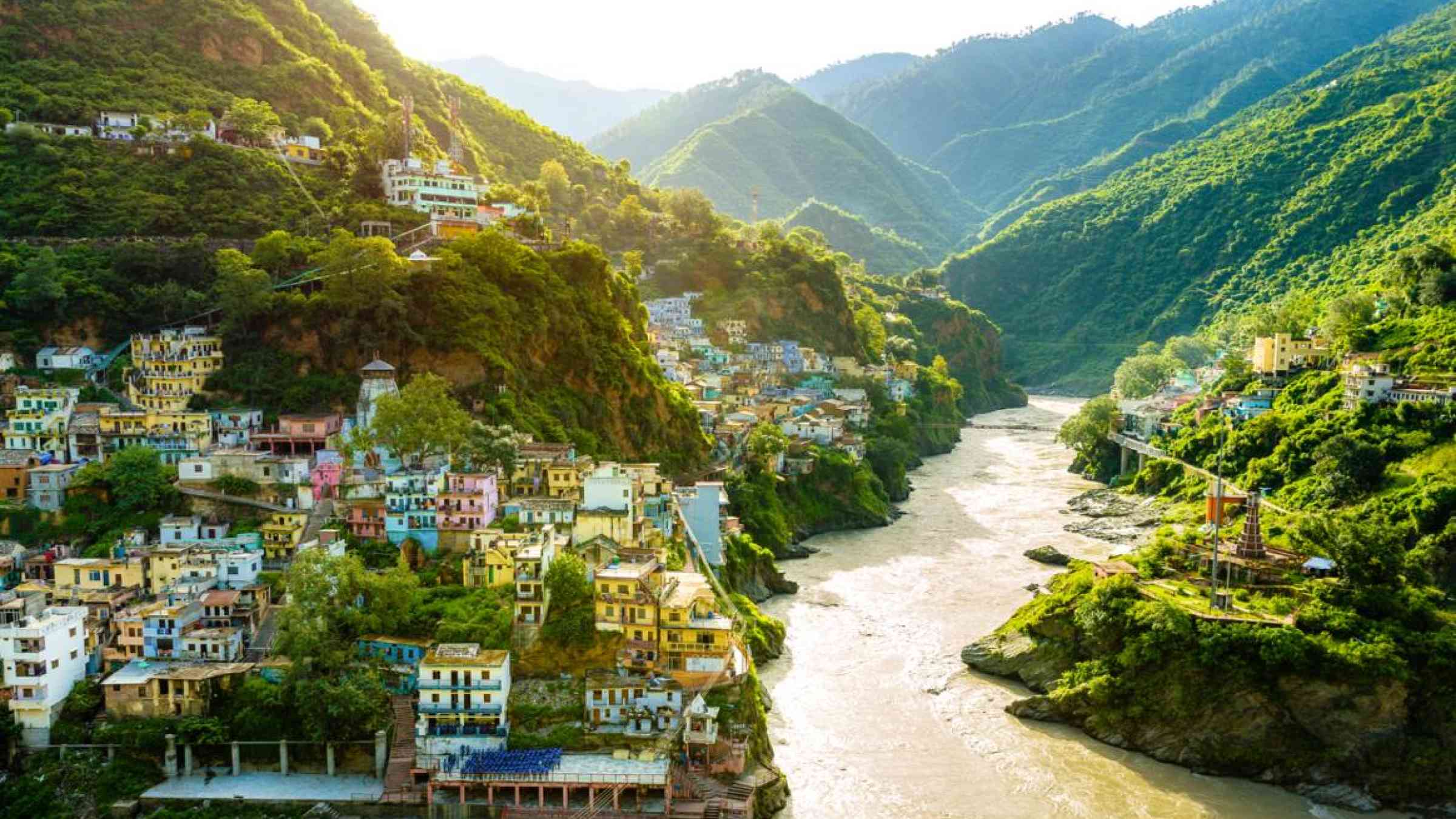Seeing Uttarakhand disaster from an institutional lens - Where do we go from here?

- Re-establishing a permanent body like the State Climate Change Centre in Uttarakhand can ensure continuity of action.
- Efforts to unpack technical climate information into Agendas for Sectoral Action, as well as map-based tools to visualise risks, need to be built on and disseminated for better decision-making under uncertainty.
- There is an opportunity for the State Disaster Management Agency to invest time and resources to evaluate future risks to better inform disaster planning and preparedness.
By Anu Jogesh
The latest Uttarakhand tragedy has been devastating to watch. Current reports estimate 32 deaths and nearly 200 missing as a result of an avalanche that has destroyed dams and bridges, and trapped workers at the base of Nanda Devi, India second highest peak.While the exact reasons for the disaster are still being mapped, it is critical for this ecologically fragile Himalayan state to re-evaluate prevailing policy and institutional processes to better coordinate disaster planning and long-term resilience. Over the last six years Acclimatise has spent some time in Uttarakhand engaging with the Department of Environment and Forests to operationalise the state’s climate plan. Here are six key take-aways from our work there:
- State authorities have a relatively clear picture of current disaster risks as a result of Uttarakhand’s topography and its socio-economic and ecological circumstances. That knowledge needs to be concretely applied in the operationalisation of sectoral policies and strategies that determine development and infrastructure growth in the state. Projects linked to land-use planning, hydro power development, and road construction need to be consciously tied to local ecological and climate imperatives. Multiple benefits-based development planning can capture political drivers while also factoring community-led socio-economic needs and considerations of climate risk.
- The State’s current climate plan, which was approved in 2016, provides generic sectoral recommendations and has had limited resources. This is true for most state climate plans in India, Adaptation has been attempted through isolated projects, supported by some central funds and multilateral agencies. Initiatives have been rolled out as part of short-term technical assistance projects (a few of which we have been a part of). In developing its new climate plan, the state has an opportunity to address some of these gaps. Sectoral recommendations can be cognisant of the current political economy and political ecology of the state. The government can focus on investments and solutions that are scalable and can ensure a better management of physical risks.
- Persistent political and bureaucratic shifts tend to impact how the climate and resilience agenda is perceived and adopted across Indian states. Re-establishing a permanent body like the State Climate Change Centre in Uttarakhand can ensure continuity of action, provide much needed institutional memory, and build local capacity for mainstreaming adaptation.
- While there is some climate data (based on model-based projections) for Uttarakhand at the district level, there is limited capacity among departments and agencies to interpret and apply the information to plan projects and policies. This is a prevailing challenge globally among governments and the private sector. In addition, sectoral departments and non-government agencies possess rich socio-economic and ecological data that isn’t always aggregated. Efforts to unpack technical climate information into Agendas for Sectoral Action, as well as map-based tools to visualise risks, need to be built on and disseminated for better decision-making under uncertainty.
- The state disaster management agency has historically focused on current disaster risks. With its funds and fair degree of political traction, there is an opportunity for the organisation to invest time and resources to evaluate future risks to better inform disaster planning and preparedness in the state.
- The current disaster in Uttarakhand comes at a crucial juncture, as India leads a multi-stakeholder global partnership under the Coalition for Disaster Resilient Infrastructure. India has an opportunity to bring global expertise and experiences to bear in developing practical solutions to ensure infrastructure assets and services are more resilient in Himalayan states. These lessons can in turn inform policies and solutions in other countries.
The glacier collapse and flood disaster in an ecologically fragile part of Uttarakhand in the Indian Himalayas is a reminder of the hazards and vulnerability in high mountain regions. Video via @indiametdept
Details here: https://t.co/KZeWdxzmyO pic.twitter.com/R4JEbp7P6J— World Meteorological Organization (@WMO) February 9, 2021
Even as the current tragedy in Uttarakhand unfolds, parallels to the 2013 flash floods, that claimed 6000 lives, are being drawn. Back then I had written about the newly developed state climate plan that needed to be better heeded and operationalised. Eight years on, and some standalone projects later, the state is faced with the challenge many governments and organisations need to address, which is how can institutional pathways be re-engineered to better manage disasters and enable long-term climate resilience.